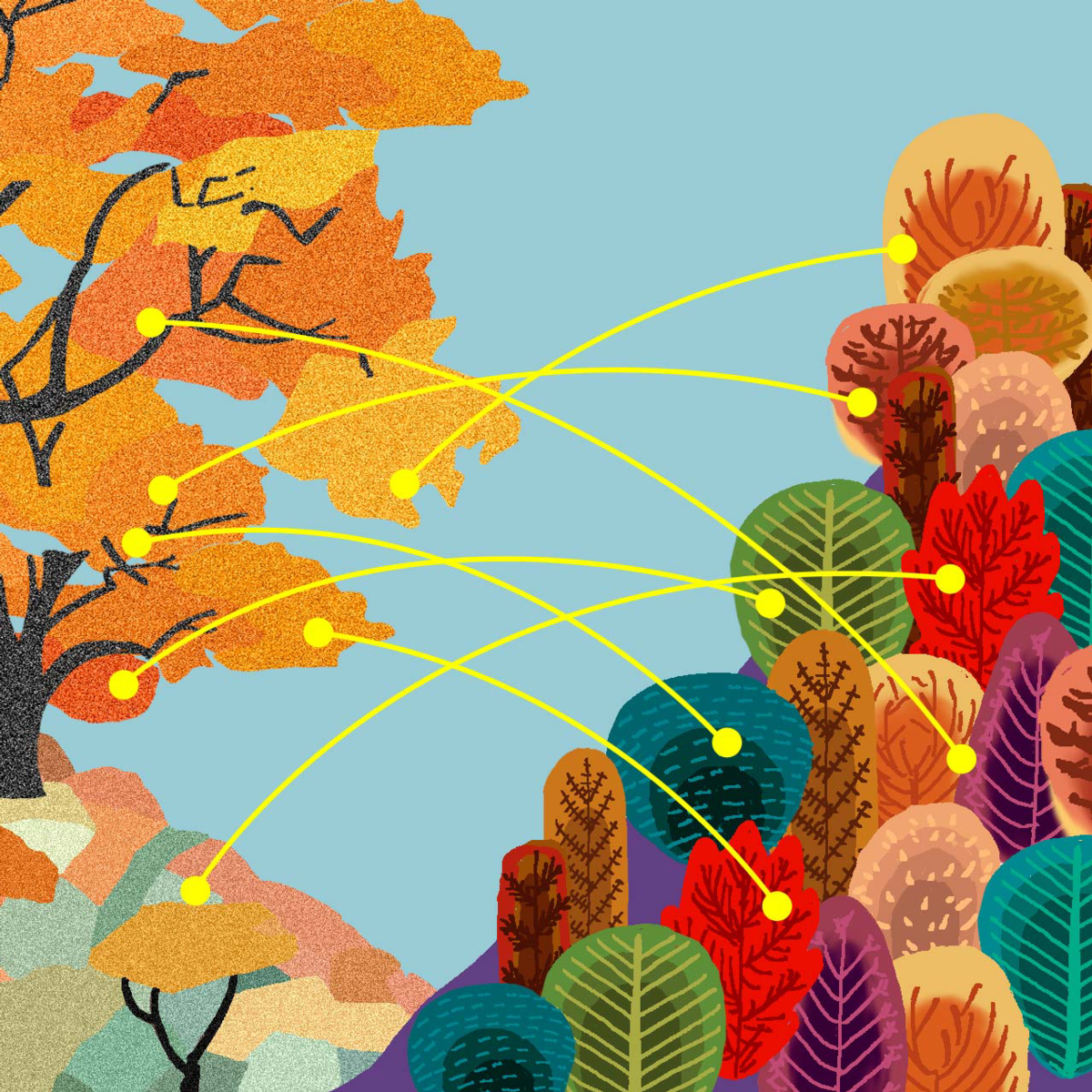In recent times, human rights activists have been made very aware of technology’s downside. The recent NSA surveillance scandal and the revelations of the vacuuming up of metadata around the world show how technological developments have outpaced the capacity of the legal system to protect our privacy.
Technology is also allowing scientists and military experts to consider creating ‘killer robots’, weapons like drones or combat vehicles that operate autonomously and can kill without any human giving an order to do so. And the use of unmanned drones for targeted killings without effective transparency, accountability or clear legal constraints raises important and, as yet, unanswered questions about human rights protection.
Yet technology also offers human rights organizations and activists tremendous opportunities. Human Rights Watch (HRW) increasingly recognizes its value in two critical pillars of its work: gathering information about human rights violations; and projecting that information into the public domain to influence the media and decision-makers in governments and international organizations.
...it allows NGOs to tell stories that might otherwise not have been told.
Technology helps in gathering new and different kinds of information to document human rights violations, especially from areas that are insecure and inaccessible. In doing so, it allows NGOs to tell stories that might otherwise not have been told.
HRW has used satellite imagery to document the massive destruction of civilian infrastructure in Syria, attacks against Moslem communities in Burma, and forced resettlement in Tibet. In the Central African Republic, HRW researchers confronted Seleka commanders with satellite images showing dozens of villages burned down by their forces, making it clear to them they were being watched and might be held accountable one day for their crimes. Amnesty International has published satellite images showing North Korea’s prison camps, and proving their continued expansion.
Video forensics – the detailed, frame-by-frame analysis of videos and other images – can also be used to catalogue violations. In Syria, HRW used this technique, as well as satellite imagery and eyewitness testimonies, to document in great detail the government’s use of chemical weapons in Ghoutta in August 2013, without setting foot on the ground.
Regarding dissemination, much has been written about the ways that human rights activists have used social media to advance and draw attention to their causes. Twitter, Facebook and other social media have become essential tools for activists, allowing them to bring timely, relevant information to the attention of journalists, policy-makers, fellow activists and others who can help generate pressure on perpetrators of human rights violations – and on those whose actions or inactions aid and abet those violations.
In the Central African Republic, HRW faced the challenge of trying to draw attention to a very neglected crisis. Live-tweeting from the country by HRW staff and others, including humanitarian workers of the horrific violence, under the hashtag #CARcrisis, drew media attention and, ultimately, action from diplomats and humanitarian agencies.
Technological advances may even have the potential to transform the human rights movement, allowing local activists armed with nothing more than a smartphone, a twitter account and a YouTube channel to become global distributors of information and images about human rights violations. The Syrian Observatory for Human Rights – a small NGO based in the UK – has become the most-cited organization for casualty figures in the Syrian conflict, a situation unimaginable even five years ago.
But there are many reasons to be cautious - very cautious. Technology is not, and never will be, a panacea for resolving human rights issues. Even where it has been most effective – as with satellite imagery of destroyed villages – it cannot tell who burnt down the homes nor why, nor who gave the instructions. Only corroborating testimony from victims and other sources, including social media sources, can provide the context that allow those responsible to be identified. Further, there is little if any evidence that satellite imagery or other uses of technology can prevent human rights violations, rather than simply document them.
And there are clear risks. Mark Twain said that a lie could travel half way around the world while the truth is still putting on its shoes. In the digital age, that lie can shape the understanding of events around the globe in just minutes. In such a context, verifying and corroborating information becomes even more difficult. In the aftermath of the Boston marathon bombing in 2013, misinformed speculation and analysis led to a digital witch-hunt that caused massive harm to innocent people.
Crowdsourcing may be a way to gather important information about human rights violations, and it has demonstrated some success in identifying humanitarian need. But human rights groups need to remain very cautious. Crowdsourcing without verification, particularly in politically charged situations, is extremely vulnerable to manipulation, bias and inaccuracy.
Moreover, fulfilling ethical and security obligations to victims of - and witnesses to - human rights abuses is a critical responsibility for human rights fact-finders. Free and informed consent should be obtained from those interviewed, and steps taken to protect their security and the security of the information that they provide. In contexts where information is obtained via video forensics or crowdsourcing or satellite imagery, those obligations remain no less relevant. But they might be more difficult to fulfill since the relationships with the victims and witnesses is more remote and indirect.
We are still in the earliest days of understanding the power of technology for the human rights movement. The potential is enormous. But it is vital that activists take a ‘do no harm’ approach, characterised by rigorous, cautious and transparent approaches to the use of new technology.
If there is doubt as to its safety, reliability or the ethical implications of its use, it should not be used. And we must promote reasonable expectations about the potential application and capabilities of new technology, ensuring that we don’t oversell its value.

